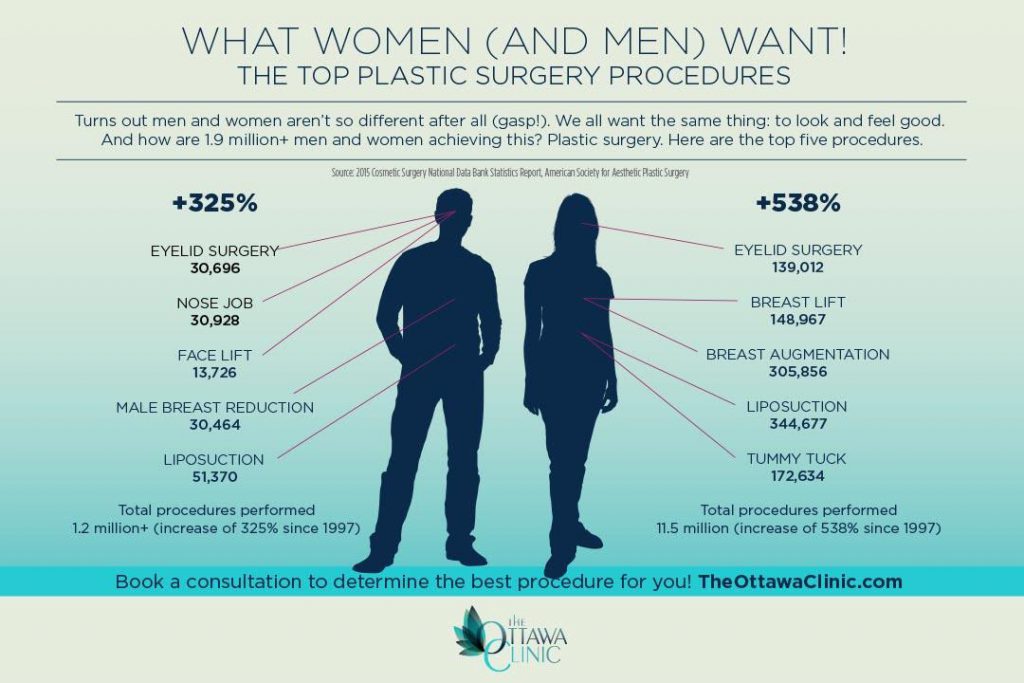Photodynamic treatment (PDT) combines a light-sensitive medicine with special light to eliminate malignant and precancerous cells. Your doctor places the medicine on your skin or inside your eye and after that radiates a light on the therapy location.
This mix eliminates cancerous cells and spares healthy tissue. Yale Medicine pulmonologist George Eapen, M.D., describes how this works.
The Photosensitizer
Photodynamic therapy (PDT) makes use of a mix of light and a medication called a photosensitizer to eliminate cancerous or precancerous cells and spare healthy tissue. You get a shot of the photosensitizer, which is after that turned on by light in your body. The photosensitizer is absorbed by both healthy and cancerous cells but isn't harmful up until it is triggered by the light.
Light-absorbing particles, called photosensitizers, are located in plants and pets, consisting of human beings. There are several photosensitizers, yet most are able to absorb a particular variety of light wavelengths.
When the photosensitizer is subjected to a light with a matching spectral array, it's transformed from its ground state right into an ecstatic singlet state. This allows it to move energy to molecular oxygen, producing singlet oxygen and free radicals that moderate cellular toxicity.
The Light
Throughout treatment, a special light is radiated on the location where the photosensitizer was used. This light activates the drug and destroys cancer cells or precancerous cells that it has targeted.
The medicines that are made use of in photodynamic treatment have various absorption homes and some of them may take hours to leave typical cells however stay much longer in cancer or precancer cells. This procedure allows the medical professional to target cancer cells much more precisely than other sorts of treatments that use visible light, such as lasers or electrocautery [54]
Photodynamic therapy can treat the earliest areas of sunlight damage known as actinic keratosis and can decrease skin cancer cells growth in individuals at high risk for developing the problem. It is additionally an alternative for some individuals with wet kind age-related macular deterioration, which is a typical root cause of loss of central vision in older adults. It can not recover the loss of vision brought on by this illness, but it can reduce the development of unusual capillary growth that causes damp AMD.
The Activation
Photodynamic treatment (PDT) uses a drug and light to treat cancer and various other skin problem. It targets precancerous cells and kills them. Unlike other cancer cells treatments that burn and damage, this therapy eliminates precancerous cells lip lift near me while sparing healthy and balanced cells.
The photosensitizer is supplied right into the skin via topical, dental or intravenous administration. It is taken in by the tumor cells and turned on when subjected to light of a particular wavelength. This sets off a sequence of photochemical responses that produces responsive oxygen varieties (ROS) that damage lump tissue and eliminate cancer cells.
PDT is usually used to deal with actinic keratoses and in situ squamous cell cancer (Bowen disease). It can also be utilized to treat various other types of skin cancer cells, including shallow basic cell carcinoma. It can be made use of alone or with other therapies, such as surgical treatment or radiation. It can also shrink lumps in the lungs, allowing surgical treatment or other treatment to be secure and efficient.
The Therapy
PDT functions best in tiny abnormal locations of cells that a light source can get to, such as the skin, eyes, mouth or food pipe (gullet) and lungs. It is likewise used to deal with precancerous growths, such as actinic keratoses, which are sun-damaged cells that can become cancer cells.
Physicians provide the photosensitizer as a cream or shot, and then beam a light on the treatment location. The light destroys the uncommon cells. While healthy cells soak up the photosensitizer, it remains longer in malignant cells.
After the procedure, your body normally throws away the dead cells. Patients with lung cancer might experience divulging blood or have a bronchoscopy to clear the lungs of the dead tissue. In many cases, your doctors may utilize a bronchoscopy to get rid of the photosensitizer from the lungs too if it causes major signs and symptoms. It's important to stay inside your home and make use of sunscreen when you go outside while the photosensitizer is in your system.
